Both financial, emotional, and physical tolls were taken on business owners, employees, and the world during the COVID-19 pandemic. Businesses were either shut down or forced to limit operations and customers in-store. When employees were sent home, many businesses were left with payments to employees while business came to a halt.
Realizing an emergent need, the government started up many COVID-19 financial relief programs to support businesses and keep their loyal employees employed. Today, it seems there is hope as the mask mandates lift and people return to work. Many companies will feel the aftershocks of this point in history for many years to come.
One of the most important programs, the ERC, provides tips to businesses looking for help. Every business can gain financial means through this program, and there is plenty of support and information to guide you along this process.
What Types of COVID Relief Exist?
Many COVID-19 relief programs were created by the federal government to resolve financial issues within multiple sectors. Below are some summaries of the most used programs:
Paycheck Protection Program (PPP)
Low-interest loans were provided through PPP loans to help companies from firing employees to save money. Nearly $669 billion was allotted for these loans. Released in various rounds, the first round provided businesses, nonprofits, and other organizations with nearly 3 times their monthly payroll costs ($10 million). The second provided almost 4 times their payroll costs on a monthly basis.
Backed by the government, PPP loans were funded by lenders nationwide. With a low 1% interest rate, businesses with the right proof of funds for payroll costs (minimum of 60%) could have their loans forgiven. PPP loans are no longer available, but those who received the loans could still achieve loan forgiveness.
Economic Injury Disaster Loans (EIDL)
Government-backed loans available to businesses and related organizations are called Economic Injury Disaster Loans (EIDL) if they are located in areas that experience a catastrophic event. Areas hit by natural events such as tsunamis, hurricanes, tornadoes and the like are included. The government decided to add COVID-19 eIDLs to the list, so any businesses experiencing COVID-related concerns would qualify.
Their breakdown included a near 4% interest rate, and around 2.75% fixed rate for nonprofits with no prepayment penalties/fees. This is over a 30-year period of time. Companies are able to use these funds to cover working capital needs or concerns including, but not limited to:
● Payroll Expenses
● Health Care Benefits
● Utilities
● Fixed Debt Payments
● Lease Payments
● Operating Expenses
Employee Tax Credit
The Employee Retention Credit (ERC) is defined as a refundable tax credit that ensures that employees stay hired and not laid off. The credit covers around 50% of the wages paid to employees, and the
government will pay for it by crediting the employment tax account. Advanced payments from the IRS are available if businesses earn credits exceeding their payroll deposits.
Qualification requirements include if businesses had a 50% reduction to their gross receipts between a quarter in 2020 and the same in 2019. Earning the credit on wages and health care costs paid during a certain quarter, allows for the credit to continue every quarter following until 80% of the gross revenues of the previous year are achieved.
The various COVID-19 relief programs have very different focuses. PPP loans are designed to assist businesses with reduced sales to maintain their group of employees. The EIDL COVID-19 program assists businesses to keep them on top of existing expenses (employee-based or not). The ERC rewards firms that have retained employees over the pandemic even if their revenue has dropped drastically.
How to Apply
Need help applying for COVID-19 relief aid? Keeping on top of the best ways in which to do so is the key to getting a max payout. Three important steps exist to help businesses apply easily and on time:
1. Do you Qualify?
Reading and researching each of these programs and their specifications is a great start. Spending some time reading through each program to decide whether the business/organization meets the eligibility requirements is the first step.
2. What Documentation Do You Need?
The ERC requires a reduction in gross receipts to prove that the credit is necessary. Documentation will vary between the different types of aid. Make sure to have payroll statements and accounting statements/software ready to fill out or ask the right questions on forms and documentation.
3. Ready to Submit?
First, fill out the application and ask an expert if you have any questions along the way. Submit once the requirements are met and the supporting documents are gathered. Potentially work with a specialist to make sure that important details aren’t overlooked.
Contact ERC Today for Help Obtaining Employee Retention Credits
Many companies worked hard to stay open through the pandemic amid the uncertainty of COVID mutations, and many committed to keeping their employees on the payroll. The Employee Retention Credit is one form of COVID relief that can help you offset the cost of keeping your team together, but if you don’t apply, you risk missing out on this valuable resource.
Reach Out Today
ERC Benefits are your helping hand when it comes to anything COVID-19 credits and aid. We are your best source for reliable, expert, and ideal tax consulting services with quick and efficient filing processes. Not only is our team ready to help right away, the team is excited to make sure you get the maximum return you deserve.


